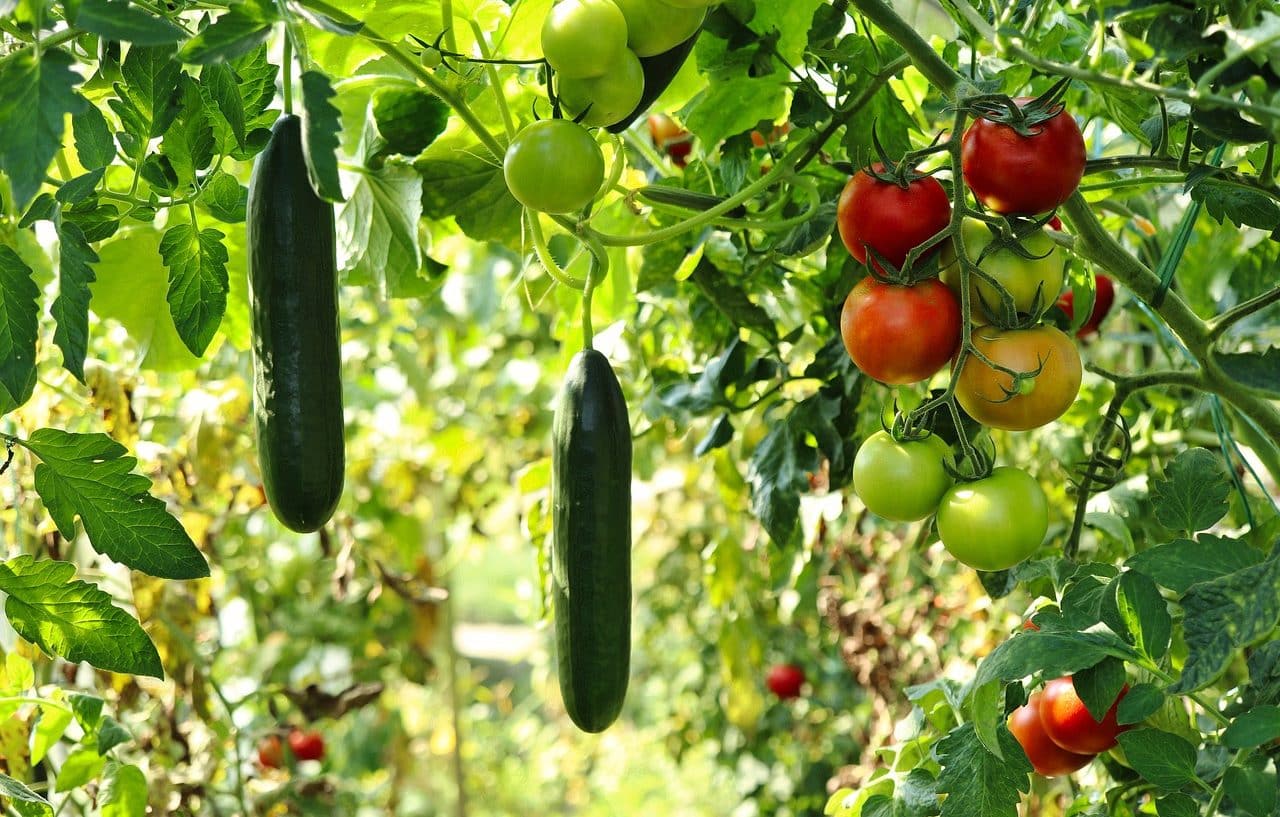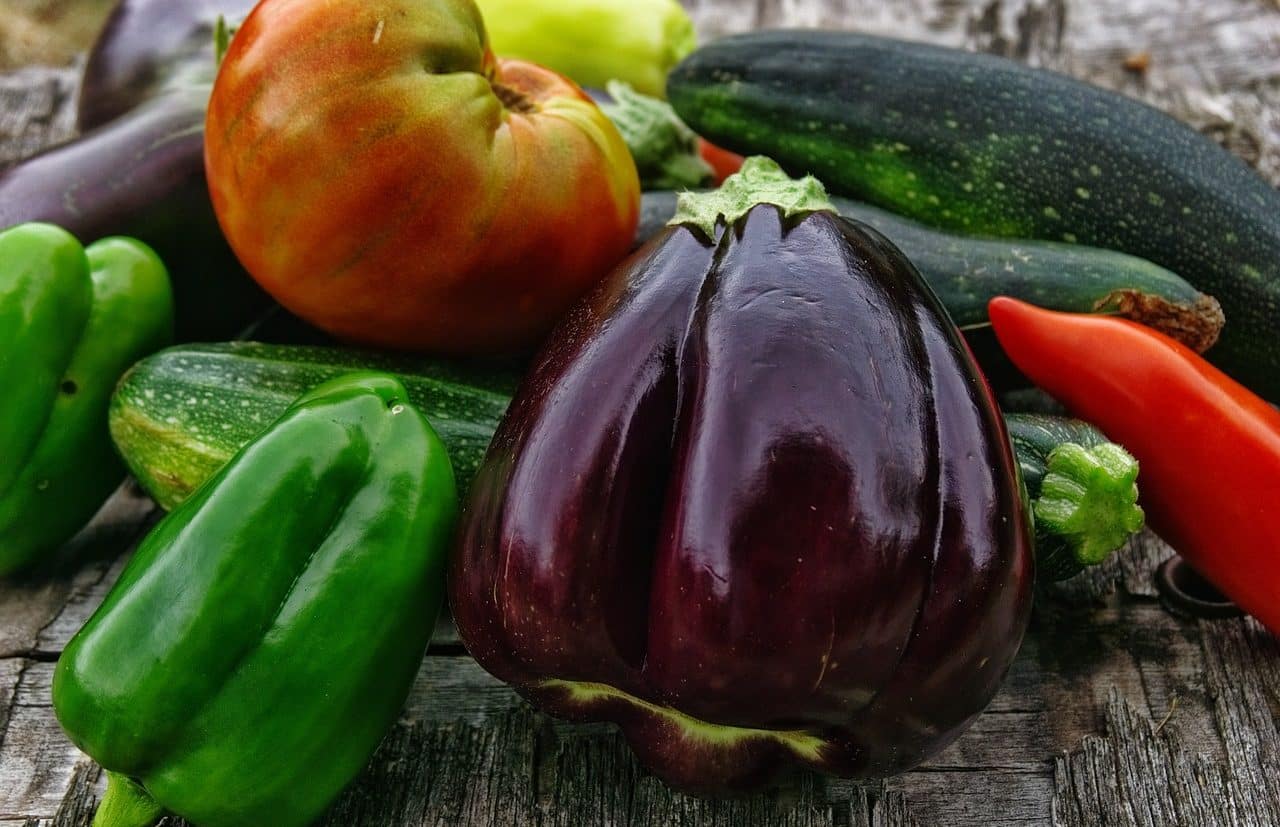
Polyculture is associated with small-scale agriculture.
A polyculture is a combination of crops of different species on the same agricultural area . In this way, we seek to respect or reproduce, in a certain way, the biodiversity of ecosystems.
It can be said that polyculture is a type of agriculture that produces different plants using the same soil . These techniques allow us to obtain a wide variety of foods, thereby achieving a positive effect on people's health. They also benefit the environment since they reduce erosion and promote biological pest control.
Main features
Polycultures involve the association of seeds from different crops in a certain lot . The planting of all species is usually simultaneous, generating coexistence between all the vegetables. Its development is part of the so-called permaculture , a system that is based on the functioning of natural ecosystems.
In this way, polycultures seek self-regulation that is inspired by nature. That is why these practices are considered part of sustainable agriculture .
It is possible to find polycultures in family gardens and edible gardens , contributing to food sovereignty. Other characteristics of polycultures are that they do not use large-scale production techniques and that they make limited use of water.
These particularities allow polycultures to be differentiated from monocultures , which are large agricultural operations where a single type of crop is managed. Thus, monocultures apply large-scale production techniques to obtain higher yields and minimize costs.

Polycultures contribute to the conservation of healthy soils.
Advantages of polyculture
Compared to monoculture, a polyculture helps conserve the soil since its techniques make it possible for the land to recover nutrients. This leads to reduced erosion .
On the other hand, planting different species improves biological diversity . In turn, agricultural biodiversity reinforces food security.
Another advantage of polyculture is that pests have a lower impact compared to monoculture and can be controlled naturally. Therefore there is less need to use chemicals .
Plants more resistant to weather phenomena and with better adaptation to climate change and fewer weeds are also advantages offered by polycultures.

An efficient use of resources is possible with a polyculture.
Different techniques
A polyculture can be developed in various ways. A common technique is crop rotation : species from different families and with different nutritional needs alternate, generating successive cycles. In this way, any diseases that appear are prevented from lasting over time (since the plants change) and the soil is protected from possible exhaustion.
Intercropping , meanwhile, consists of interposing several species among themselves in the same season. Plants can be chosen with different planting times and disposition.
The association of crops , for its part, is based on the joint planting of different species. With this practice, optimization of pollination and nutrient uptake can be achieved. Crop combinations make plants complement each other for nitrogen fixation and counteract pests, for example.
Examples of polycultures
We can find examples of polycultures in family farming ventures .
A family that lives in a field can plant peppers, lettuce and tomatoes on their land, managing the crops according to the precepts of agroecology (taking care of efficiency in water use and soil fertility ). The production of local food respecting the principles of ecology is key to sustainable rural development.
In a city, likewise, polyculture can be carried out on building terraces . These urban gardens can include spinach, chard, garlic and onion , to name a few possibilities.
It is even possible to find examples of polycultures of great antiquity. In pre-Columbian America , the association of three crops was known as "Three Sisters" : a legume, a cucurbit and corn. This combination allows the legumes to contribute to soil fertilization by fixing atmospheric nitrogen and the corn to provide support to these legumes, which climb and can share space with the cucurbits.
Difficulties and inconveniences
As we already saw, polycultures provide numerous advantages thanks to crop synergies, integrated pest management and other factors. However, this methodology also has drawbacks and entails certain difficulties.
On the one hand, they offer a lower level of production when compared to monocultures. This is because they do not use large-scale techniques. In addition, species that only provide long-term returns are generally cultivated.
Polycultures, on the other hand, have higher costs . As each species requires different care, a greater variety of resources and even labor is needed.
It cannot be omitted to mention that it can be difficult to identify the most convenient species to combine with each other and with the environment. If the panorama is not analyzed with reliable knowledge, polyculture can fail.
